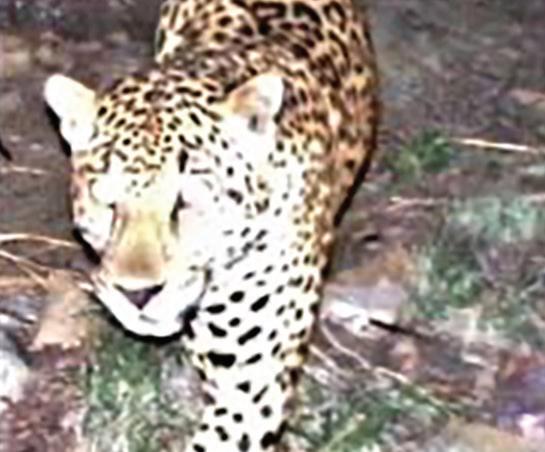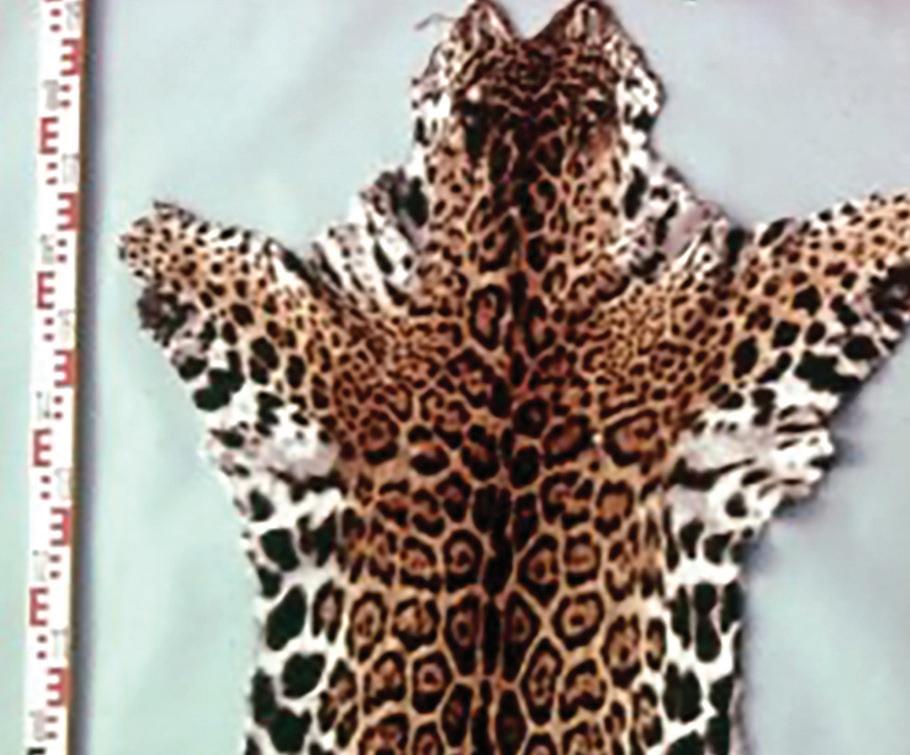
3 minute read
Outdoor Directory
Bear Bill Would Do More Harm Than Good
CALIFORNIA STATE SENAtor Sco Weiner’s “Bear Protection Act” would have ended all hunting of black bears in California.
story by CHESTER MOORE
He withdrew the bill a er a vast opposition from wildlife managers, conservation organizations, and hunters.
Bear Trust International’s Executive Director Logan Young said his group strongly opposed the legislation as it was based “100 percent o emotion and had zero scienti c data to back it up”.
“Sportsmen and conservationists rallied together to display the true biological facts and proven negative outcomes of what they were proposing. e right decision was made,” Young said.
Under a management system where hunting is one of the tools, black bear populations in California have increased from 10,000 in 1982 to 40,000 in 2021.
And that’s factoring in vastly more people and development that has eaten up their habitat in the last 40 years.
California o cials tightly regulate bear hunting with a cap put on harvest annually based on surveys. Last year fewer than 1,000 bears were harvested.
As bear populations have grown in the Golden State, so has the issuance of depredation permits where state o cials deem a bear can be terminated due to livestock a acks or dangerous behavior around people.
In 2018 (the last year stats were available), more than 300 depredation permits were issued, which is a full third of the usual harvest in the state. Banning hunting would certainly increase human-bear and livestock-bear con icts, ending in more killing of bears.
Science should dictate wildlife management, and what California is doing now works so the Bear Protection Act was unnecessary.
Jaguar Crosses North of Mexico Border
ATRAIL CAMERA CAPTURED the image of a jaguar in Arizona’s Chiricahua/Dos Cabezas mountain range Jan. 6.
story by CHESTER MOORE
According to o cials with the Chiricahua National Monument, it is the same male that has been photographed in the area o and on since 2016.
Both Arizona and New Mexico have veri ed jaguar migration into their jurisdictions through a trail camera project over the last 15 years.
Although chie y associated with South America and tropical rainforests, jaguars occupy a variety of habitats that once included Texas, Arizona, New Mexico and California. ere are even historical accounts of them in Louisiana.
Jaguars face a host of problems including increased poaching. e Asian black market for tiger parts, such as claws for traditional medicines, has depleted most of Asia’s tiger populations. Due to having direct links because of thousands of workers in South and Central American countries, they are targeting jaguars-in particular for their claws and heads.
According to a study published in Conservation Biology, jaguar poaching, as noted by seizures of their parts by wildlife o cials and customs agents, increased 200-


A trail camera captured the image of a jaguar north of the Mexican border. Jaguar parts have increased in value on the black market.


fold in South America in ve years.
Jaguar parts have increased in value on the black market.
Hunting of these big cats is illegal in Argentina, Brazil, Colombia, Costa Rica, French Guiana, Honduras, Mexico, Nicaragua, Panama, Paraguay, Suriname, the United States, and Venezuela.
Ecotourism has proven a valuable asset to wildlife in areas where it is feasible but only in Brazil’s Pantanal region is the jaguar a factor. It’s the only place on Earth where ecotourists see them regularly. Otherwise, they are one of the planet’s most elusive animals. •










